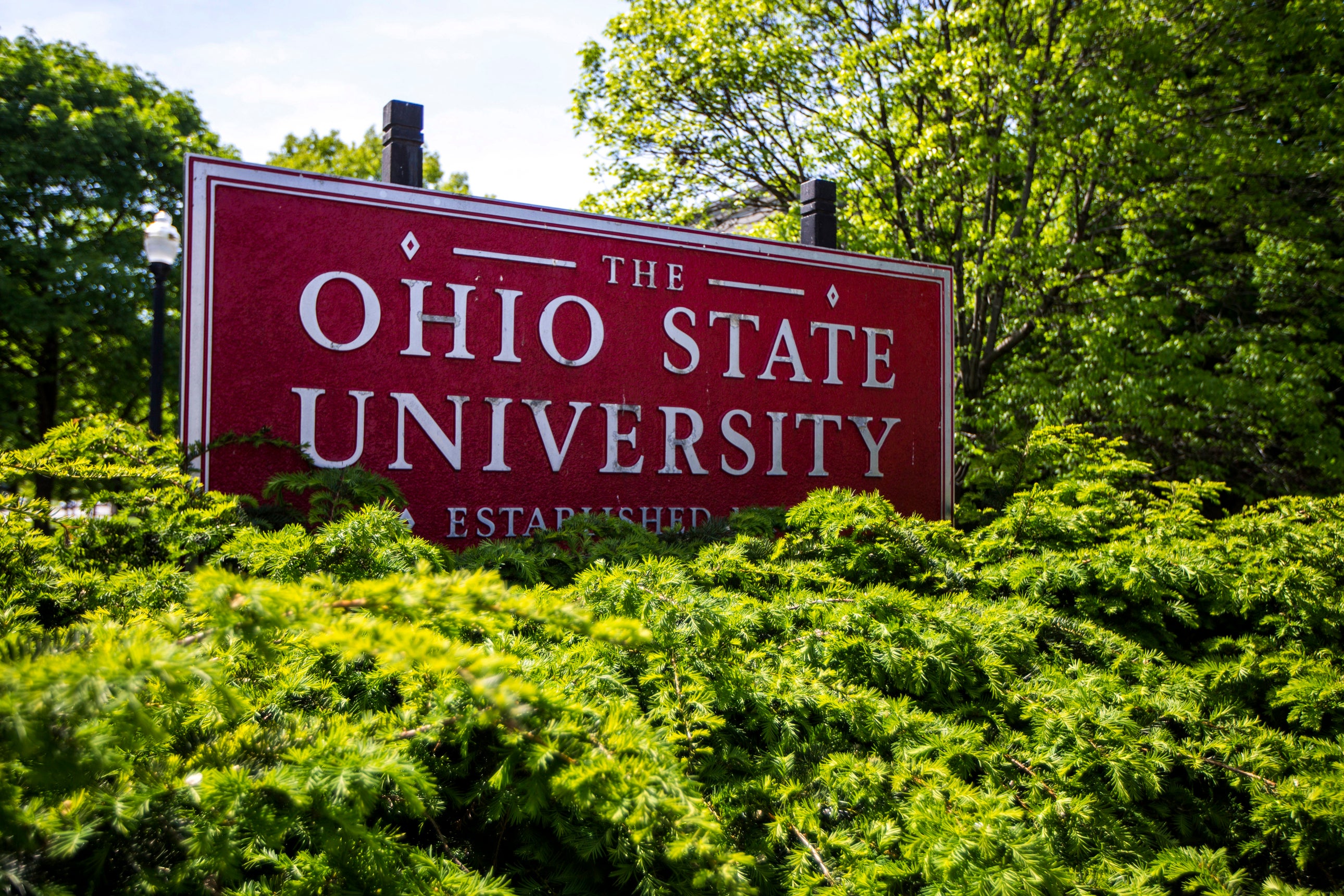Ohio State asks court to hear Title IX issues in abuse suits
Ohio State University is asking the U.S. Supreme Court to consider questions about the law known as Title IX in a case stemming from lawsuits over decades-old sexual abuse by the late team doctor Richard Strauss

Ohio State University is asking the U.S. Supreme Court to consider questions about the law known as Title IX in a case that affects whether more than 230 men can proceed with lawsuits against the school over decades-old sexual abuse by a team doctor, the late Richard Strauss.
The petition filed Tuesday urges the high court to hear the case and review two aspects: When does the clock start ticking on the legal time limit for filing Title IX claims, which in this case are about the university's alleged “deliberate indifference” toward sexual harassment? And does the right to bring such claims apply to people who aren't students or employees there, such as fans attending football games or visitors touring campus?
The school argues the divided appeals court that revived the unsettled lawsuits against OSU reached the wrong conclusions on both elements.
“Together, these rulings arm virtually anyone who has visited Ohio State over the past 40 years with a potential Title IX claim today,” and that result wasn’t what Congress intended in establishing the law in 1972, the university’s legal team wrote in the petition to the high court.
The university has repeatedly offered apologies to those Strauss harmed and has reached over $60 million in settlements with at least 296 survivors, but eventually sought to have the remaining unsettled cases dismissed. It argued that the time limit for the claims — the applicable two-year statute of limitations in Ohio — began way back during the doctor's tenure and had long passed.
But those remaining plaintiffs have argued that the clock didn’t start until allegations became public in 2018, because they didn’t have reason before then to believe the university had enabled or covered up the doctor’s behavior.
The appeals court's agreement with that, combined with its finding that several plaintiffs could bring such Title IX claims even though they weren't OSU students or employees when the alleged abuse occurred, wrongly expanded the scope of Title IX in ways that are problematic and potentially very costly for all sorts of schools under that law, Ohio State contends. Its petition also says a threat of Title IX lawsuits based on decades-old allegations might deter schools from investigating such claims.
It noted that the decision from the Cincinnati-based Sixth U.S. Circuit Court of Appeals about when the clock started conflicts with conclusions from federal appeals courts elsewhere, and said that points to the need for the nation's high court to weigh in.
“We can all agree that the underlying abuse here was reprehensible, but the Supreme Court has to resolve these fundamental legal issues for everybody going forward, without regard to the underlying allegations or facts here,” said Gregory Garre, an attorney representing OSU.
OSU said in its filing that “the questions presented are purely legal and thus transcend the particular circumstances alleged here.”
In a separate statement, it said its request to the court doesn't question the plaintiffs' accounts of abuse or diminish its commitment to supporting survivors.
But the request to the court is sure to frustrate plaintiffs who contend Ohio State hasn’t dealt with them fairly. Meanwhile, the unsettled lawsuits remain paused for months more as they wait to see whether the case will be in the limited number the Supreme Court decides to hear.
The men are among hundreds of former student-athletes and other alumni who say they were abused by Strauss during his two decades at the school, and that university officials failed to stop him despite knowing about complaints as far back as the late 1970s, very early in the doctor's two decades there. Many of them allege Strauss abused them during medical exams at campus athletic facilities, a student health center, his home and an off-campus clinic.
He died in 2005. No one has publicly defended him.
Bookmark popover
Removed from bookmarks